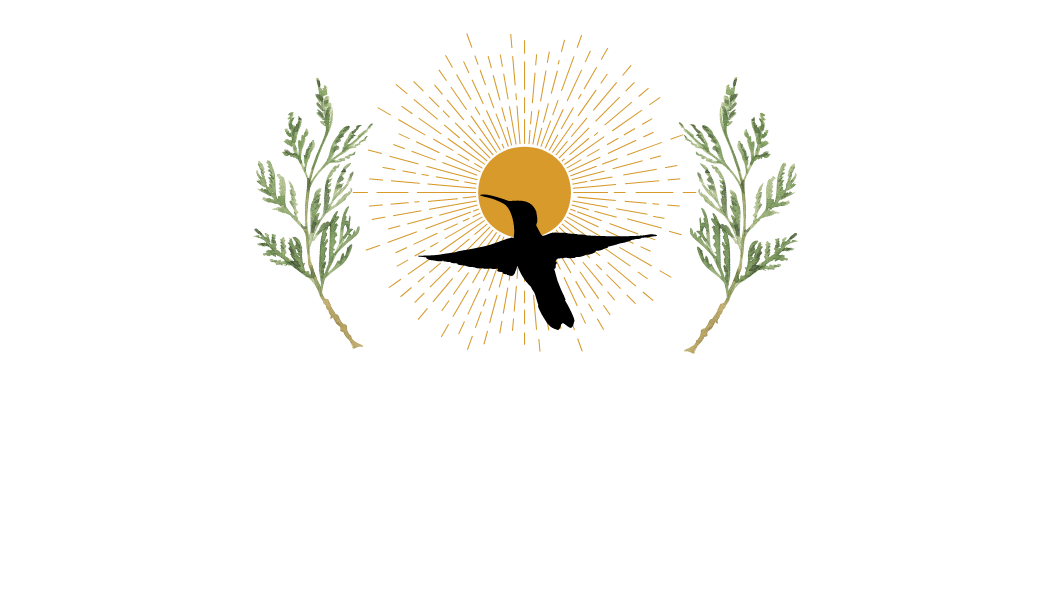
Fostering Native Biodiversity
Native plants are adapted to the local climate and soil conditions where they naturally occur. These important plant species provide nectar, pollen, and seeds that serve as food for native butterflies, insects, birds, and other animals. Native plants provide shelter and food for wildlife. Because native plants are adapted to their local environmental conditions, they require far less water and human intervention. Many native animal species rely on native plants for survival. Native biodiversity provides functioning ecosystems that supply oxygen, clean air and water, pollination of plants, and pest control.
One of our biggest goals is native biodiversity. In an area that is over-run with monoculture farms that are using modern agricultural practices, we are converting a 120-year old peanut farm into a biodiverse, native food forest. In 3 years we have re-introduced over 250 native species to Hummingbird Springs farm, and that number is continually growing.
One of the threats to native biodiversity is invasive species. In addition to re-introducing native wildlife to Hummingbird Springs Farm, we actively remove any invasive plant species that we find on the farm. We have encountered, removed, and continue to remove: ligustrum sinense (invasive privet), triadica sebifera (invasive tallowtree), and phyllostachys aurea (invasive bamboo). We use mechanical removal of invasive species, never herbicidal.

